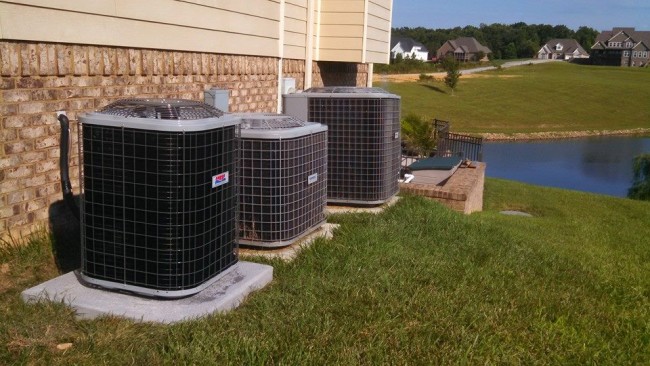
The common definition of “Green” or environmental building/systems is that they do one or more of a few things. A Green product is one that doesn’t destroy earth-bound materials such as trees or natural gas. A product qualifies as Green if it does not pollute or only minimally pollutes the environment over its lifespan. Any recycled or reused material is considered Green given that no new material had to be destroyed or processed as a result. These are just a few of the typical guidelines for Green ideas.
The way that the environment plays into heating and cooling systems is complex. Systems that run off of natural gas or propane are using fossil fuels and are not considered Green, but with systems that run off electricity it becomes more difficult to understand. Each year there is a bigger increase in the amount of Green wind energy that is feeding into the power grid, and most electrical providers offer an option of what type of energy you want for your home.
Geothermal Heating
Most people think that to have a geothermal heating system that they need to live in a place like Colorado or Utah, which have an abundance of natural hot springs. If you lived in one of these places or on a piece of land that has natural springs, reining this energy would be considered geothermal and Green, but typical geothermal heating systems have to do with using the earth’s natural heat to heat, or even cool, your home.
Geothermal heating systems run pipes a few feet below the earth’s surface to a place where the temperature is warmer than the outside chill. The sub-soil temperature averages around 63 degrees depending on your geographical location. These pipes heat up and transfer water or a coolant back to the home and warm the air. They work in the opposite direction in the summer to cool.
This process does not require gas, oil, or wood to run, and the only upsetting aspect to the environment is digging underground to insert the piping. Further still, geothermal heat pumps require very little maintenance, if any at all.
Solar Heating
Solar panels used to be quite expensive when they first hit the market in the late 70s. Today they are quite affordable. Typical solar panels accept the sun’s energy, store it, and transfer it into usable home energy. Solar energy is very clean, and very affordable on the back end, though it can be a big front end investment.
Solar Energy is often reduced to two major sections: Passive Solar Heating and Active Solar Heating. This is the ultimate in green ideas in that it uses a completely renewable and infinitely abundant energy source, and converts it into super-clean energy.
More Environmental Ideas
Ideas about how to save the environment—or at least not beat it up so badly—pop up all the time. Here, we only wanted to list the most effective, most proven methods that are easy to acquire and maintain.
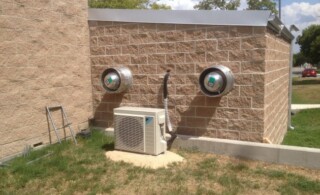 A Geothermal Heat Pump Lets Earth Do the Work
A Geothermal Heat Pump Lets Earth Do the Work 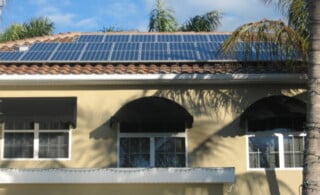 Solar Heating – About Passive & Active Systems
Solar Heating – About Passive & Active Systems 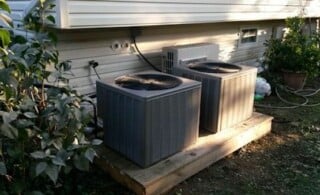 Green Air Conditioning
Green Air Conditioning 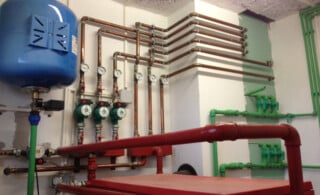 Choosing Green: Boilers and Radiator Heating Systems
Choosing Green: Boilers and Radiator Heating Systems 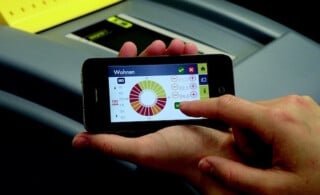 Geothermal Heat Pump Maintenance: 5 Simple Tips
Geothermal Heat Pump Maintenance: 5 Simple Tips 

Are You Familiar With This Topic? Share Your Experience.